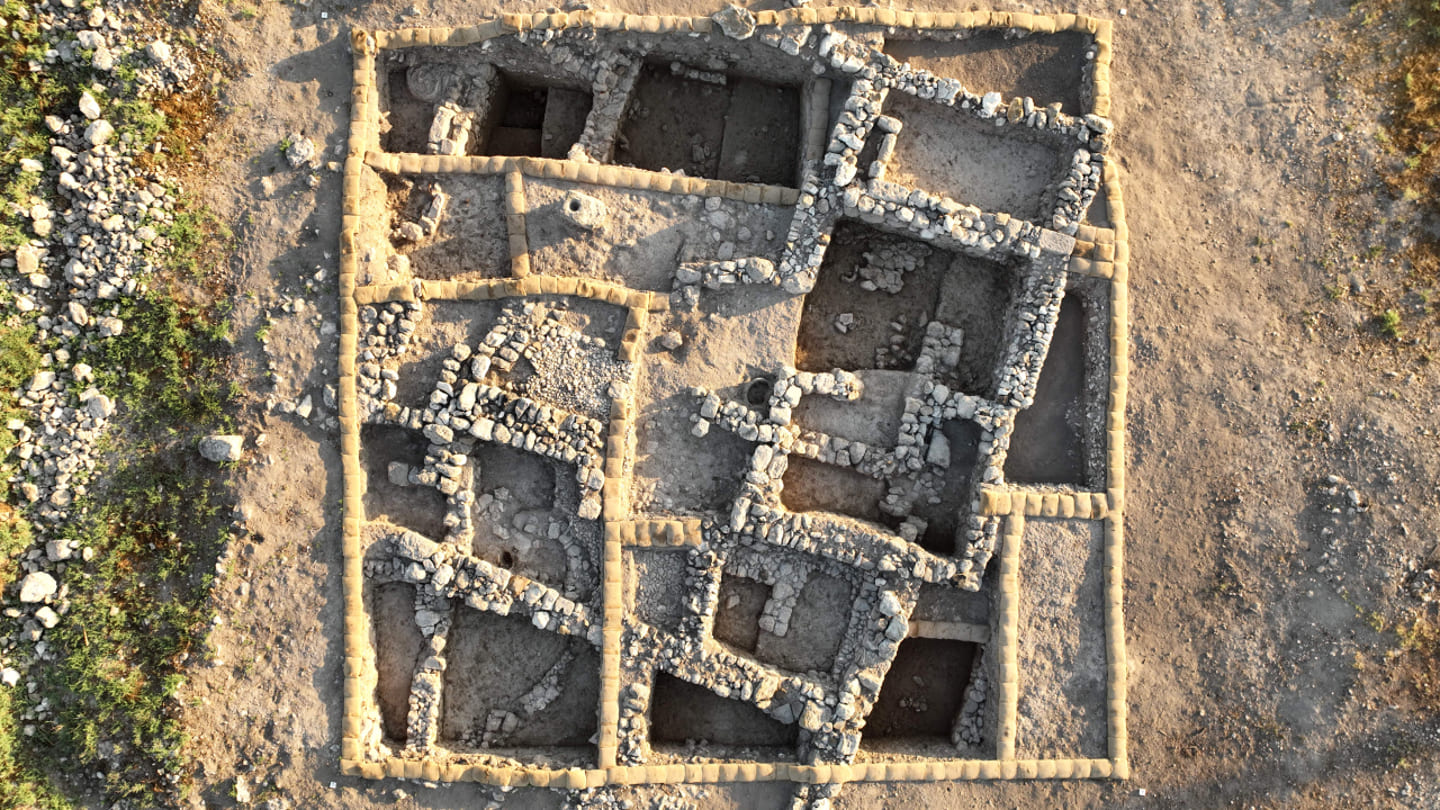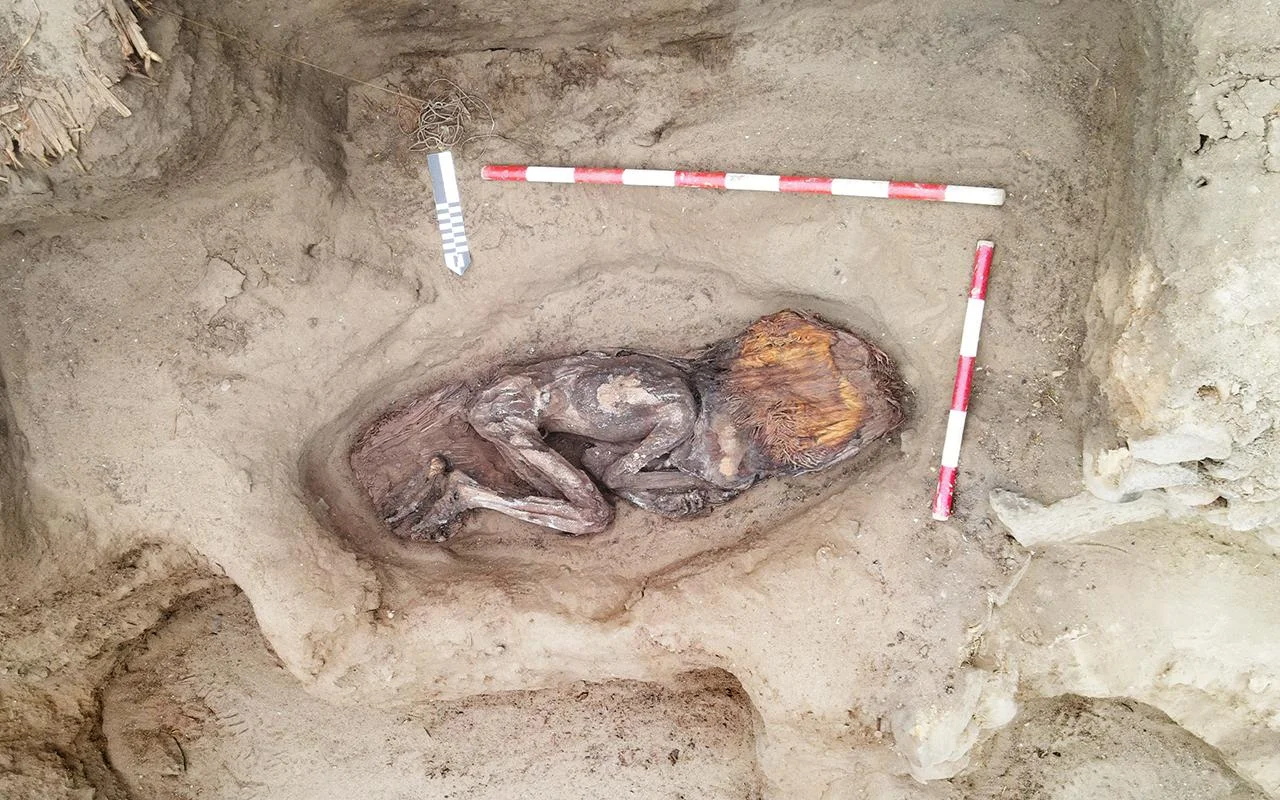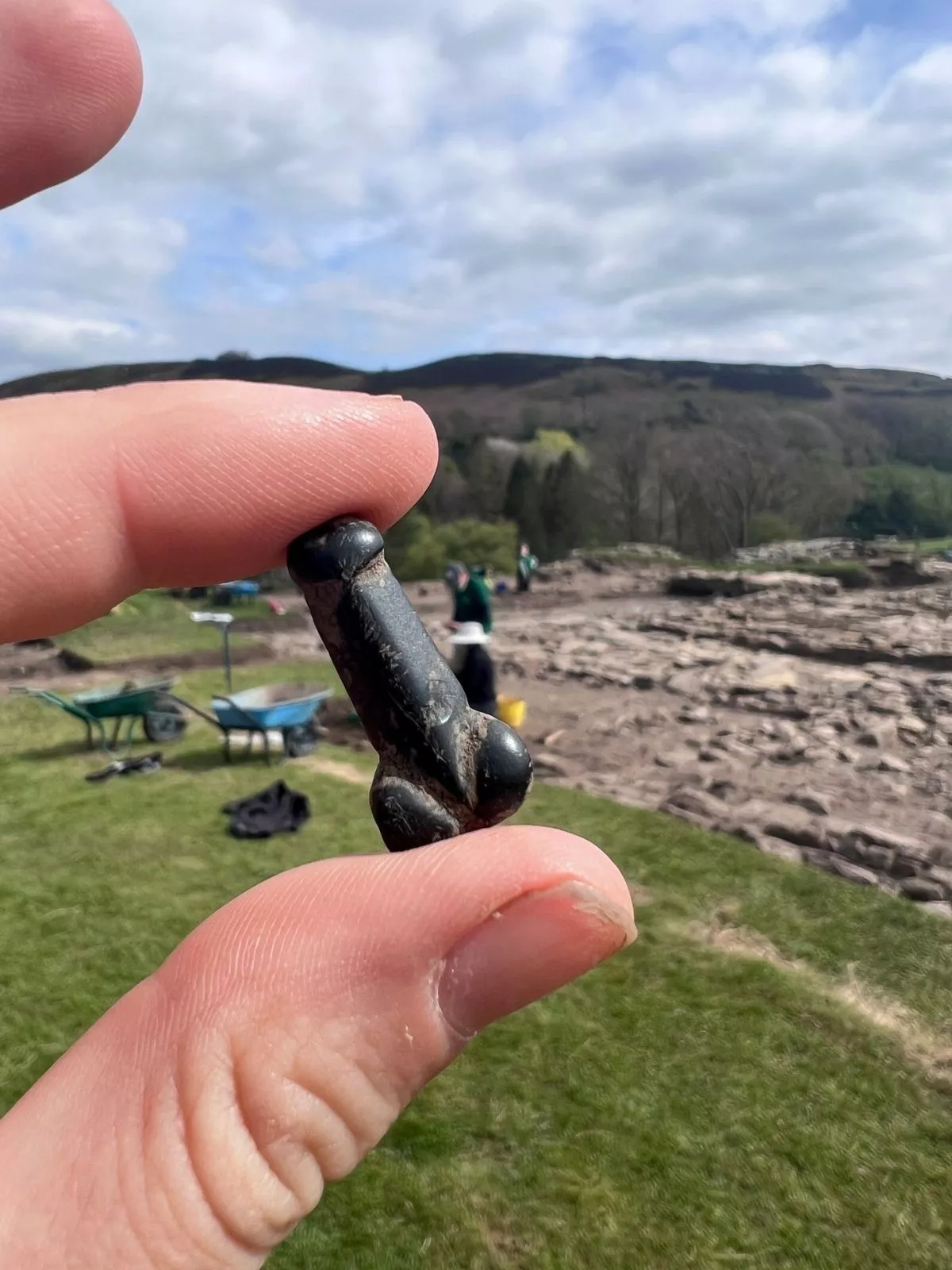Recent archaeological excavations in the ancient region of Megiddo in northern Israel, historically significant and also known as “Armageddon,” have unearthed a remarkable quantity of Egyptian pottery dating back to the 7th century BCE. This significant find may provide the first tangible evidence of the historical battle between King Josiah of Judah and Pharaoh Necho of Egypt, as documented in the biblical books of Kings II and Chronicles.
An Israeli team of archaeologists, led by Prof. Israel Finkelstein of Haifa University and Dr. Assaf Kleiman of Ben Gurion University, detailed these striking discoveries in two separate academic papers published earlier this year. The unprecedented amount of Egyptian ceramic vessels unearthed at Megiddo strongly suggests a substantial Egyptian military presence in the region during the period in which the biblical battle is said to have occurred.
Prof. Finkelstein emphasized the site’s profound historical importance, stating, “Megiddo is the only site in Israel and the neighboring lands that is mentioned in both the Bible and in all the major records of the Ancient Near East.”
The biblical accounts in 2 Chronicles and 2 Kings narrate how King Josiah, a ruler who sought to restore righteous practices in Judah, confronted Pharaoh Necho, the Egyptian king, as he marched against the Assyrians. The ensuing battle at Megiddo resulted in Josiah’s tragic death (2 Chronicles 35:20-22; 2 Kings 23:29).
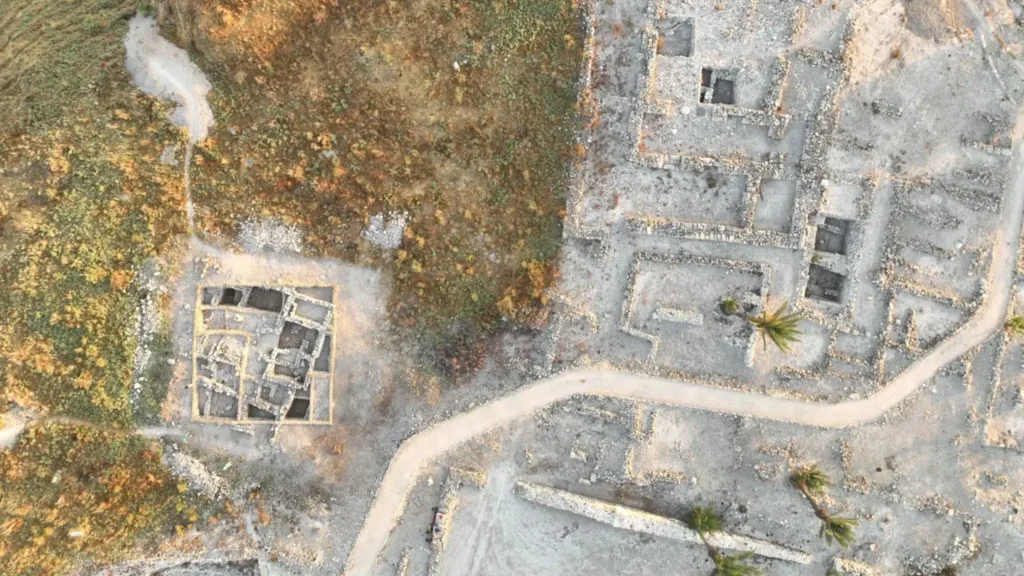
Dr. Kleiman, who spearheaded the research, addressed the long-standing skepticism regarding the existence of an Egyptian fortress at Megiddo in the late 7th century BCE, largely based on the biblical account of Josiah’s death there. The recent discovery of the rich collection of Egyptian pottery, including serving bowls, cooking ware, and storage jars, offers concrete support for this historical context. The crude nature of the vessels’ construction and their large quantity suggest they were brought by an army rather than through trade.
Adding another layer of intrigue, the excavations also revealed a significant amount of pottery originating from East Greece, dated between 630 and 610 BCE. This timeframe strikingly overlaps with the estimated date of the Josiah-Necho battle in 609 BCE. Finkelstein and Kleiman propose that these Greek ceramics could indicate the presence of Greek mercenaries who fought alongside the Egyptians.
Prof. Finkelstein explained, “We know from both Greek and Assyrian textual sources about the presence of such mercenaries in the service of Egypt at that time.”
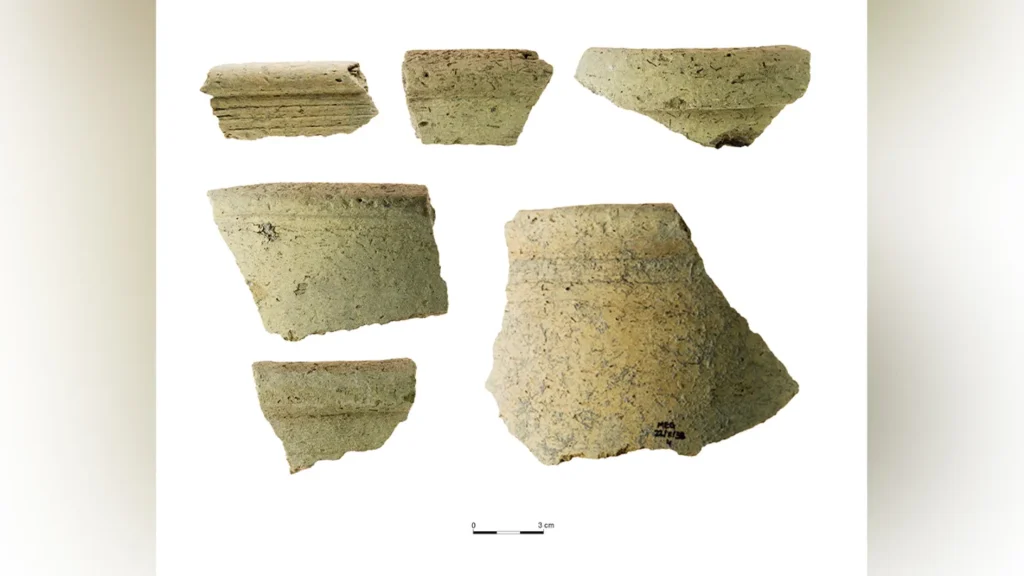
Furthermore, these Greek mercenaries could also have an interesting connection to the biblical narrative of Gog. Finkelstein notes that some scholars believe the biblical “Gog” may refer to Gyges, the king of Lydia in Western Anatolia, who, according to Assyrian records from the 7th century BCE, sent mercenaries to serve in the Egyptian army. The figure of Gog is depicted in the Hebrew Bible as an enemy of Israel (Ezekiel 38-39) and later in the New Testament’s Book of Revelation as an ally of Satan in the eschatological battle at “Armageddon” (Greek for “Har Megiddo” – the hill of Megiddo).
Prof. Finkelstein speculated on a possible theological link, stating, “Perhaps the theological idea behind this is that a savior from the House of David will return to the place where the last and most righteous Davidic king [Josiah] died.”
These recent findings are particularly significant given the history of excavations at Megiddo, which began in the early 20th century and often employed less advanced methodologies. The current team’s meticulous work in “Area X” has unearthed not only the Egyptian vessels but also the remains of a 7th-century BCE building containing a rich assemblage of pottery, including locally produced Assyrian-style ceramics and even a fragment of a Judean cooking pot, suggesting a complex social structure at the time.
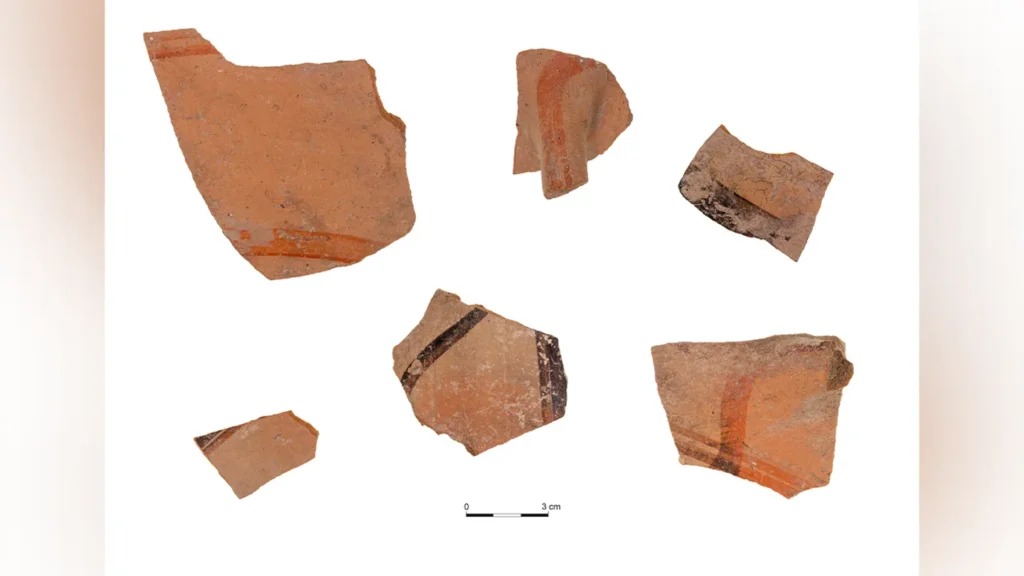
Dr. Kleiman highlighted the unexpected survival of these ancient layers, remarking, “It was always my ambition to find undisturbed remains from the Assyrian period at Megiddo because there was a widespread belief that the expedition that worked there in the early 20th century had completely removed these remains.”
While no direct non-biblical evidence explicitly confirming the existence of King Josiah has yet been found, Dr. Kleiman argues that his existence is widely accepted in both biblical and historical scholarship, noting the increased literacy and contemporary documentation of the period. Evidence for Pharaoh Necho’s presence in the Levant is also found in Babylonian chronicles and other biblical texts.
Additionally, Dr. Kleiman’s research suggests that not all members of the Lost Ten Tribes of Israel were exiled in the 7th century BCE. The continued production of local-style ceramics at Megiddo indicates the survival of a significant local population under Assyrian rule.
The ongoing archaeological work at Megiddo continues to shed light on this significant historical and potentially biblically pivotal region, weaving together tangible artifacts from the past with textual narratives. The discoveries at Megiddo not only illuminate a critical moment in biblical history but also contribute to the ongoing dialogue at the intersection of archaeology, history, and scripture. As researchers delve deeper into the past, the site continues to reveal its secrets, offering a glimpse into the complexities of ancient life and the narratives that shape our understanding of history.
Finkelstein, I., Adams, M. J., Fantalkin, A., & Kleiman, A. (2025). Josiah at Megiddo: New Evidence from the Field. Scandinavian Journal of the Old Testament, 1–18. https://doi.org/10.1080/09018328.2025.2454490
Cover Image Credit: Megiddo Expedition
